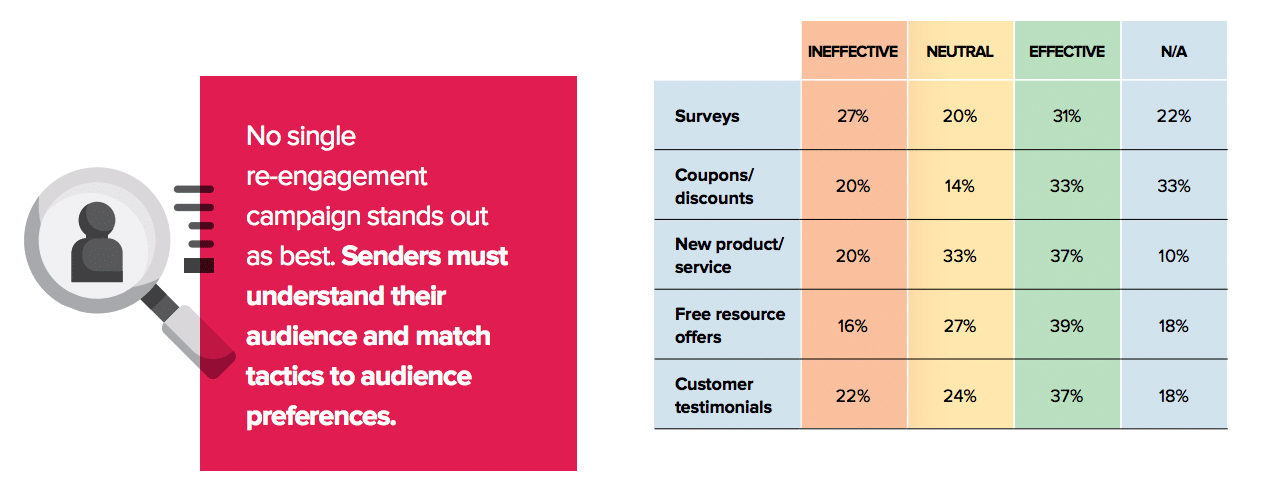New research from email solutions provider Return Path examines the impact of subscriber engagement on email deliverability, as well as the tactics marketers are employing to improve engagement.
Email remains the go-to marketing channel for many organizations, and a key contributor to marketing effectiveness, according to the firm’s new research report, The State of Email Engagement, in partnership with global research firm Demand Metric. In fact, survey respondents who reported their organization is experiencing revenue growth were more likely to identify email as one of the most important or the most important marketing channel (68 percent), compared to organizations whose revenue is flat or declining (58 percent).
Successful marketers also understand that subscriber engagement is the key to ensuring that email reaches subscriber inboxes. Findings from the new research highlight this critical relationship, and demonstrate that marketers who embrace the importance of subscriber engagement also enjoy better email deliverability and greater overall email effectiveness.
“Marketers clearly value email and understand its importance. Nearly two thirds of our study participants rated it as one of the most important channels—or the most important channel—in their marketing arsenal,” said Demand Metric researcher John Follett, in a news release. “However, in many cases, these same marketers are surprisingly unaware of the impact that subscriber engagement has on the success of their marketing program.”
Marketers who understand that mailbox providers use engagement data to filter email report better deliverability
More than half of the survey participants were neutral or disagreed with the statement, “Mailbox providers use subscriber engagement to determine where to filter (e.g., inbox, spam) the email you send.” However, marketers who agreed with this statement were much more likely to report good or very good deliverability.
List segmentation is a major driver of deliverability
Almost 80 percent of study participants report that they are doing some degree of list segmentation. Less than half of those who don’t practice list segmentation report good or very good deliverability, compared with two-thirds of those who segment their email lists.
Email personalization has a positive impact on engagement
The vast majority of study participants (80 percent) personalize marketing email content at some level. Marketers who personalize email content reported a 16 percent higher open rate and nine percent higher click-through rate than those who do not personalize.
Marketers have not yet embraced engagement metrics in measuring success
While open and click-through rates provide some insight into engagement, other metrics are important to get a more complete picture. Three quarters of survey participants are currently tracking opens and clicks, while less than one third are tracking read rate (30 percent), forward rate (15 percent), and complaints (13 percent).
“Over the past several years, there has been a marked increase in mailbox providers’ focus on subscriber engagement as part of the spam filtering process. This study confirms that keeping subscribers actively engaged with your email program is a major factor in email deliverability and overall effectiveness,” said Tom Sather, Return Path’s senior director of research, in the release. “By embracing engagement metrics like read rate, forward rate, and complaint rate, marketers can gain unique insights that can improve deliverability and enhance customer relationships.”
Download the full report here.
Research for this study was conducted via an online survey administered between December 10, 2018, and January 21, 2019. During this period, 256 responses were collected, 221 of which were complete enough for inclusion in the analysis. Only valid or correlated findings are shared in this report. Respondent breakdown was self-reported as follows: 46 percent mostly or entirely B2B, 12 percent mostly or entirely B2C, 33 percent blend of B2B and B2C, and nine percent nonprofits.











